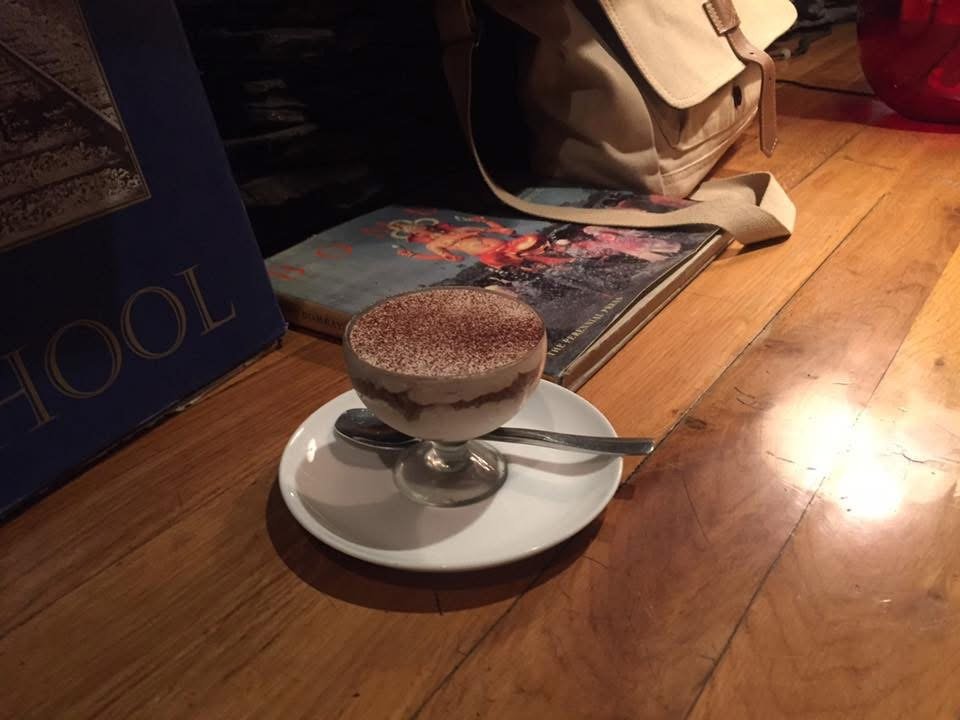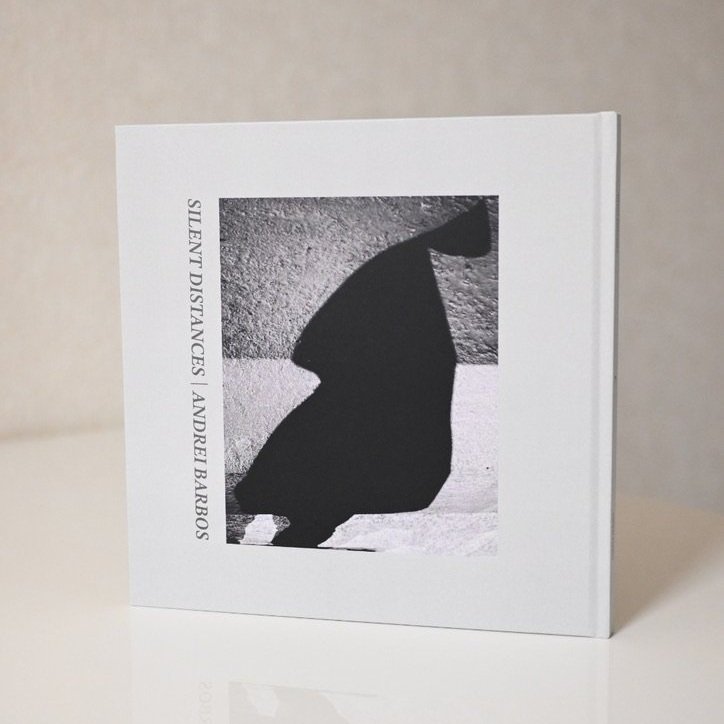World Book Day: Books as Memory Landscapes of the Spirit
Natraj Publishers Bookstore, Dehra Dun, © Khanjan Purohit
Before a photo manifests as a tangible artefact factually representing a moment lived, many of us imagine it into ‘existence’ from stories we grow up with, from reading and hearing them narrated.
The ‘image’ thus conjured by stories is framed by the memory the scene evokes, its compositional elements mere props to hold the emotion the image stirs. Thus the first “photo book”, lacking the permanence of a bound book, is but a landscape of memories stapled together in the mind, in time dimming and brightening the ‘viewer’s’ spirit in unequal measures.
My first ‘photo book’ was neither real nor imagined but rather constructed by memories of my time growing up in Mussoorie, a hill station town a short way from Dehra Dun, and later in Delhi. Some of them took shape on my travels with my father between Mussoorie and Delhi, the places substituted for books in holding those memories in place.
“Memory is the fourth dimension to any landscape.”
— Janet Fitch
The memories were not committed to a book by images rendered with a camera but by my mind’s eye, only kept alive by their retelling, the equivalent of thumbing pages in a book, each retelling serving to reconstitute their edges sandpapered by passing time.
~
Dehra Dun is slow to warm to, but quick to fall into stride with once you embrace it, old worldly and languorous. Streets roll gently around town, shepherding people on their daily chores, along.
In Ruskin Bond’s books of stories of life in Dehra Dun and Mussoorie I centered my own memories of living in and visiting them both in my early years, having done part of my schooling from a boarding school in Mussoorie and later from listening to my mother’s stories of her childhood with her brother in Dehra Dun.
I could relate to and experience Ruskin Bond’s fascination with Dehra Dun stemming from his excursions to the famous Paltan Bazaar, the panoramic tea estates, and relive his portrayals of lush litchee gardens in backyards, and walks on Rajpur Road, now full of swanky malls. I returned to Dehra and Mussoorie time and again through his stories, to the towns he loved and longed for, revelling in his telling of his experiences in life and the people he met, painting a captivating picture of these encounters rooted in the elements of small town living.
The ‘photo books’ I first fell in with were invisible, populated with frames of scenes I imagined from Bond’s portrayals seamlessly meshing with my memories of Mussoorie and Dehra Dun; together they extended both ways the landscapes I pictured in my mind, each overlapping with the other.
Discovering Raghubir Singh’s Bombay in a Dehra Dun cafe, © Khanjan Purohit
And it was only fitting that my earliest introduction to the photo book happened in a Dehra Dun café where I happened upon Raghubir Singh’s “Bombay”, a kaleidoscopic sweep of India’s megapolis, his lens careening wildly through chaotic layers of the mundane and the dramatic, the serene and the chaotic, the interested and the indifferent, the overt and the covert, each true to Bombay’s character, that of flourishing contradictions living in easy embrace of an uneasy truce.
© Raghubir Singh
Having relocated to Bombay (Mumbai) some years ago, Raghubir Singh’s signal take on Bombay set me on an exploration of my adopted city, a markedly different response to Ruskin Bond’s portrayals of Dehra and Mussoorie which nudged me into reminisces of my time there, rewinding into the past, down the memory lane.
In inviting Ephemere writers to contribute their memories and impressions of photo books they hold in esteem, and engage with at multiple levels, I was as curious about what their choice of photo books meant to them as I was about the landscapes they portray, the emotions they evoke, be it in reminisces of old landscapes or discovering new ones.
~
Anne Murayama
My all-time favorite photo book is Masahisa Fukase's Ravens. The first time I encountered it, I was completely entranced by the images of the ravens themselves. It was an inexplicable feeling, and at the time, I didn't know much about Fukase. My own black and white photography was still developing, and Ravens felt so different from the work of artists I usually admired, like Daido Moriyama or Nobuyoshi Araki. The power of Ravens only deepened as I learned more about Fukase's life and artistic vision.
Ten years in the making, Ravens reveals Masahisa Fukase’s affinity with birds. © Anne Murayama
What moves me most about Ravens is how Fukase transformed a period of personal darkness into a masterpiece. In many cultures, ravens are associated with bad omens and negativity, but they're also a common sight in Tokyo, where I live. The book captures this duality – the darkness and the beauty, the personal and the universal. It's a testament to photography's ability to transcend the literal and evoke something deeper. It's hard to explain, but Ravens stays with me long after I've seen it.
It's a bit strange to admit that while I own the 2017 edition of Ravens published by MACK, I haven't even opened it yet. But the book's power isn't about physical possession. It's about the feeling it evokes. Every time I see a spread from Ravens in a library or exhibition, it resonates with the same intensity as the first time. That's how I know it's truly special.
__________________
Anne Murayama is the Founder and Curator at Ephemere. Her work has been widely published and exhibited. Anne lives and works in Tokyo.
~
Kevin Baylon
Being There, a 2023 book by archivalist Lee Shulman of the Anonymous Project and Senegalese photographer Omar Victor Diop, gives new meaning to the expression “wish you were here.” With Shulman’s curation, Diop inserts himself into vernacular scenes of mid-century America.
The Anonymous Project collects, scans, catalogues and preserves photographic colour slides sourced from flea markets and auction sites, providing glimpses into strangers’ lives over the decades past.
The result of their collaboration is a curious mix of anachronistic humor and social commentary, highlighting an elusive vision of inclusion that is more relevant than ever. A delight to read, Being There recalls my own early days of photo compositing.
__________________
Kevin Baylon is a travel and nature Photographer and a supporter of the printed medium with self-published books of his travels.
IG: https://www.instagram.com/kvnbyln
~
Kseniya Gorbanova
The Solitude of Ravens by Masahisa Fukase was one of the first photo books that marked a turning point for me. I discovered it early in my photography journey, and something about it stayed.
© Masahisa Fukase
Maybe it was his story, the loneliness, or the quiet power in each frame. To this day, the photographs surface unexpectedly — while walking, dreaming, or looking at a landscape. In a world where most images vanish seconds after we see them, that kind of permanence feels almost sacred.
Inspiration Corner @solitudeofravens — a quiet trove of Japanese photobooks I return to often.
__________________
Kseniya Gorbanova is a Photographer and Polyglot based in Montreal.
IG: https://www.instagram.com/ksu_gva
~
Giovannella Pirina
It takes only an “instant” to fall in love.
I took my first shot with a Polaroid. My father owned one and that was my first approach to photography: a click, a buzz and then a flap to have a photo to treasure as a result.
Early this year, there was a book that caught my eye… instantly! It was The Polaroid Book.
Flipping its pages feels like snooping through a stranger's family album: you get moved by genuine curiosity as you don’t know what’s coming next. Prepare to be amazed by some clever use of polaroids, transformed into a little visual inquiry on human bodies, light and color.
__________________
Giovannella Pirina is a Writer and Editor, and Co-founder of Contrast Design. Giovannella lives and works in Sardinia.
IG: https://instagram.com/giovannella.pirina
~
I came to see the photo book as a condition of the spirit in the moment of its engagement with the viewer, often changing the status quo between the two once engaged with, as you saw in the telling of Ephemere writers of the photo books that inspired them and changed the way they came to “see” things.
“Any landscape is a condition of the spirit.”
— Henri Frederic Amiel
It is between evoking memories that speak of the spirit of times and people, living or long gone, and instigating exploration of new landscapes, that photo books seek life on shelves, speaking of, and to the condition of the spirit suspended in the present, between a past memorialised and a future that promises.
As dialogues between time and its essence, photo books are timeless conversations of human landscapes, within and without.
NEWS: Ephemere is participating in the Kyotographie • KG+ Photobook Fair 2025 between 25-27 April, 2025.
Follow the updates at https://www.instagram.com/ephemere.tokyo















Anarchyº2 continues the journey of ephemere.'s exploration of black and white photography, building upon the success of Anarchyº1. This volume features 143 photographers from across the globe, showcasing a diverse range of styles and themes in monochrome. With guest curators Cécil Baldewyns, Guido Gazzilli, Joe Grant, and Susana Barberà offering unique perspectives, the book embraces a broader scope. Designer Federico Zavatta returns to shape its visual identity, while Anne Murayama, the concept-founder, remains dedicated to promoting this platform for mono-mania photography.
Note: These images are mockups for preview purposes. The actual physical book may vary.
Worldwide shipping starts February 14, 2025.